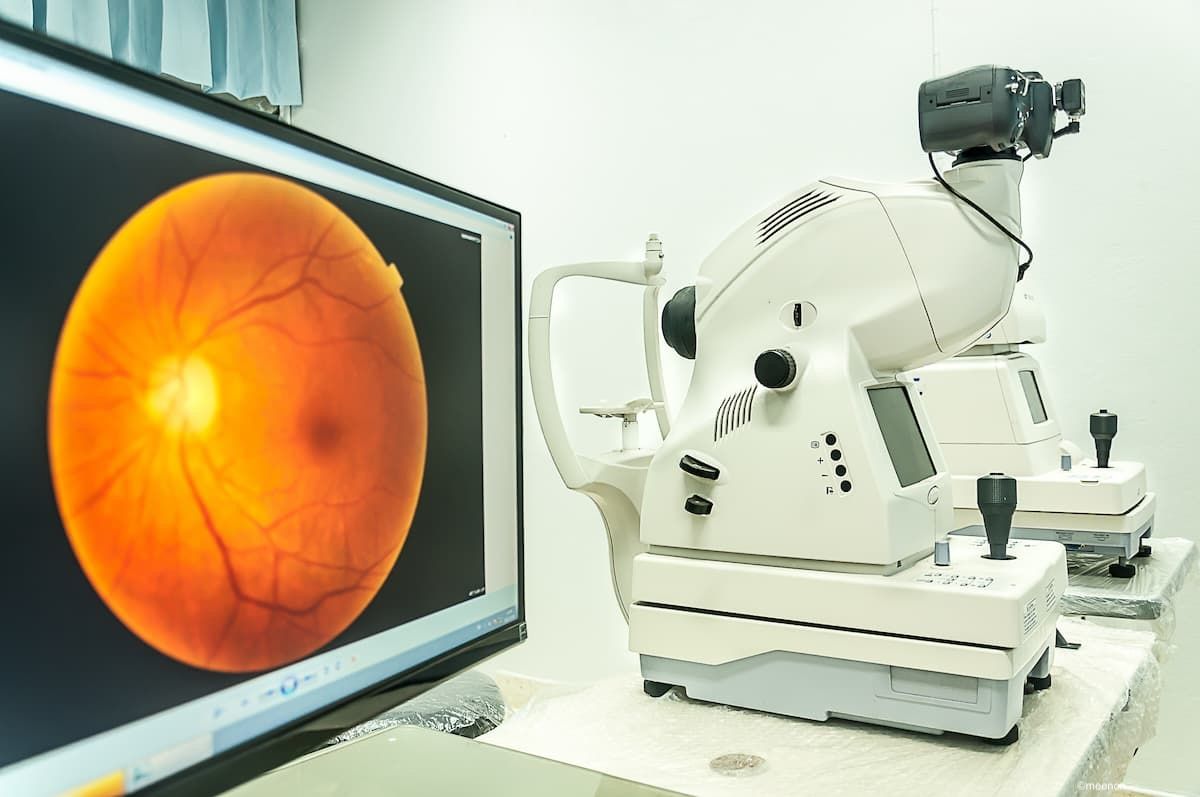Article
Procedure boosts near visual acuity
An intracorneal laser procedure using a femtosecond laser is a safe and effective approach for improving the near visual acuity in eyes with low hyperopic presbyopia.

Michael Knorz, MD, described the open prospective clinical study that evaluated the intrastromal procedure in 16 eyes at the annual meeting of the American Society of Cataract and Refractive Surgery.
"[The intracorneal laser procedure] is a rapidly performed procedure that creates five cylinders in the center of the cornea with a diameter of 1.6 to 3.5 mm," said Dr. Knorz, professor of ophthalmology, University of Heidelberg, Medical Faculty Mannheim, Germany.
After the procedure, about 1.5 to 2 D of steepening in the center of the cornea of roughly 8 µm is apparent.
"Postoperative wavefront images show increased prolateness of the cornea, negative spherical aberration is induced as evidenced by the Zernicke coefficients, and the depth of field is increased, which is the secret to the procedure," Dr. Knorz said.
Sixteen patients (12 men, four women; 16 eyes) were included in the study. The mean patient age was 55.3 years (range, 46 to 72 years). The preoperative sphere ranged from 0 to +1.25 D with a maximum of –1 D of astigmatism.
Dr. Knorz said that the patients had a significant increase in the uncorrected near visual acuity that was stable and no change in the corrected distance visual acuity. He and his colleagues also observed a significant myopic shift.
The 12-month data indicated that 6% of eyes gained two lines of vision, 30% gained four lines, and 20% gained six lines.
"This was a tremendous and highly significant gain of near visual acuity," Dr. Knorz said.
There was a slight loss of best spectacle-corrected distance visual acuity of about one line of vision. One patient lost two lines due to high aberrations. Some patients had mild visual side effects of faint halos and rings, he said.
"[The procedure] works by creating central steepening of the cornea that induces negative spherical aberration thereby increasing the depth of field and a myopic shift," he said. "As a result, these patients had much greater reading ability.
"In the 12-month and the 18-month data reported by Michael Holtzer, MD, the vision was very stable over time," Dr. Knorz added. "There seems to be no regression of the treatment effect and there is no loss of the best-corrected distance visual acuity with mild side effects. [It] seems to be a promising procedure that now is being used in Germany and in our clinical routine."

FYI
Michael Knorz, MD
E-mail: knorz@eyes.de
Dr. Knorz has a financial interest in the technology discussed in this report. The IntraCor procedure is approved for use and CE-marked in Europe. An FDA study is planned.





